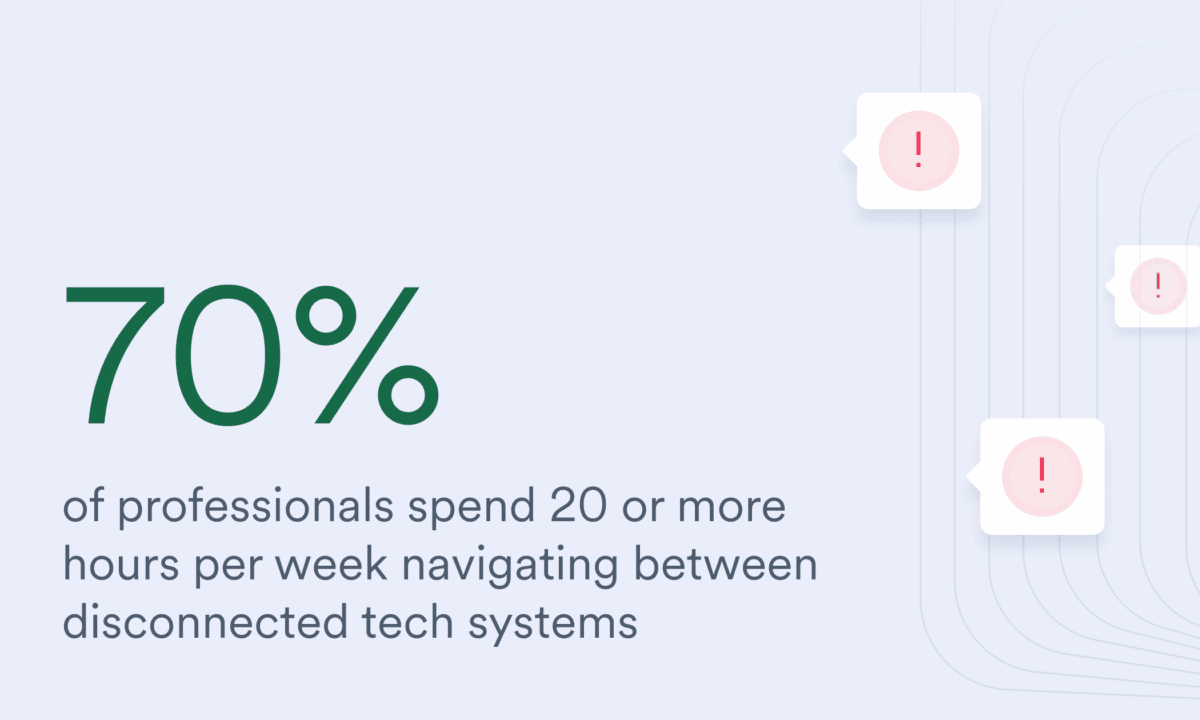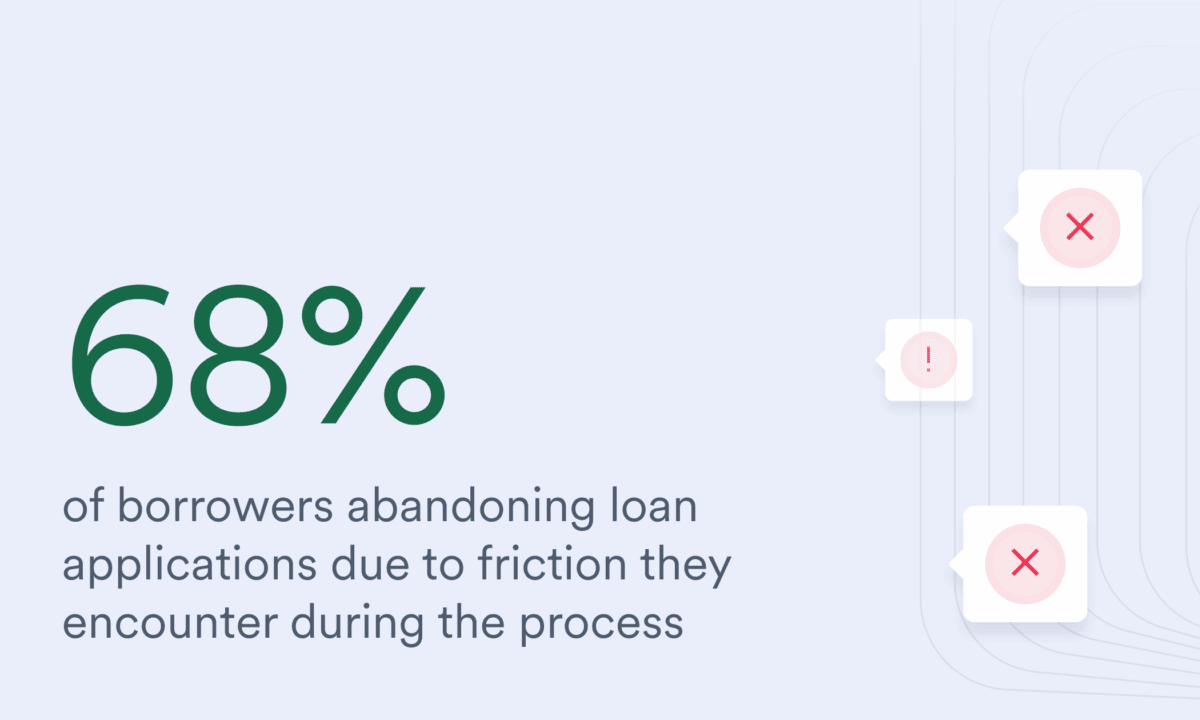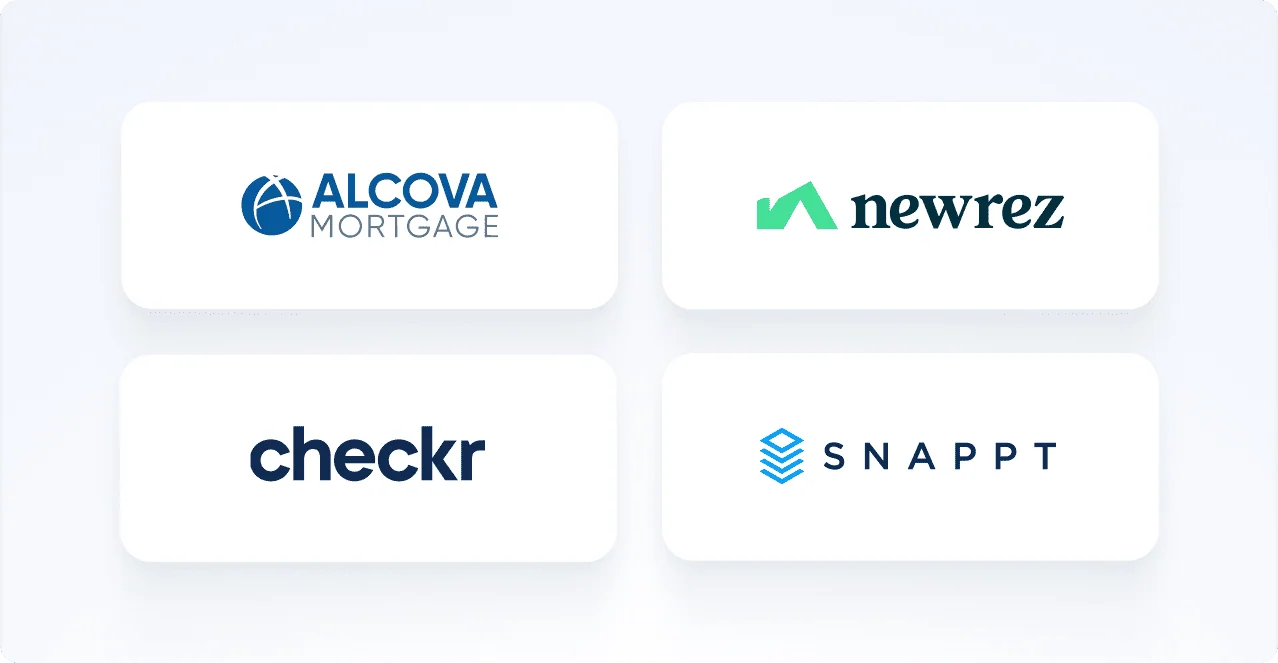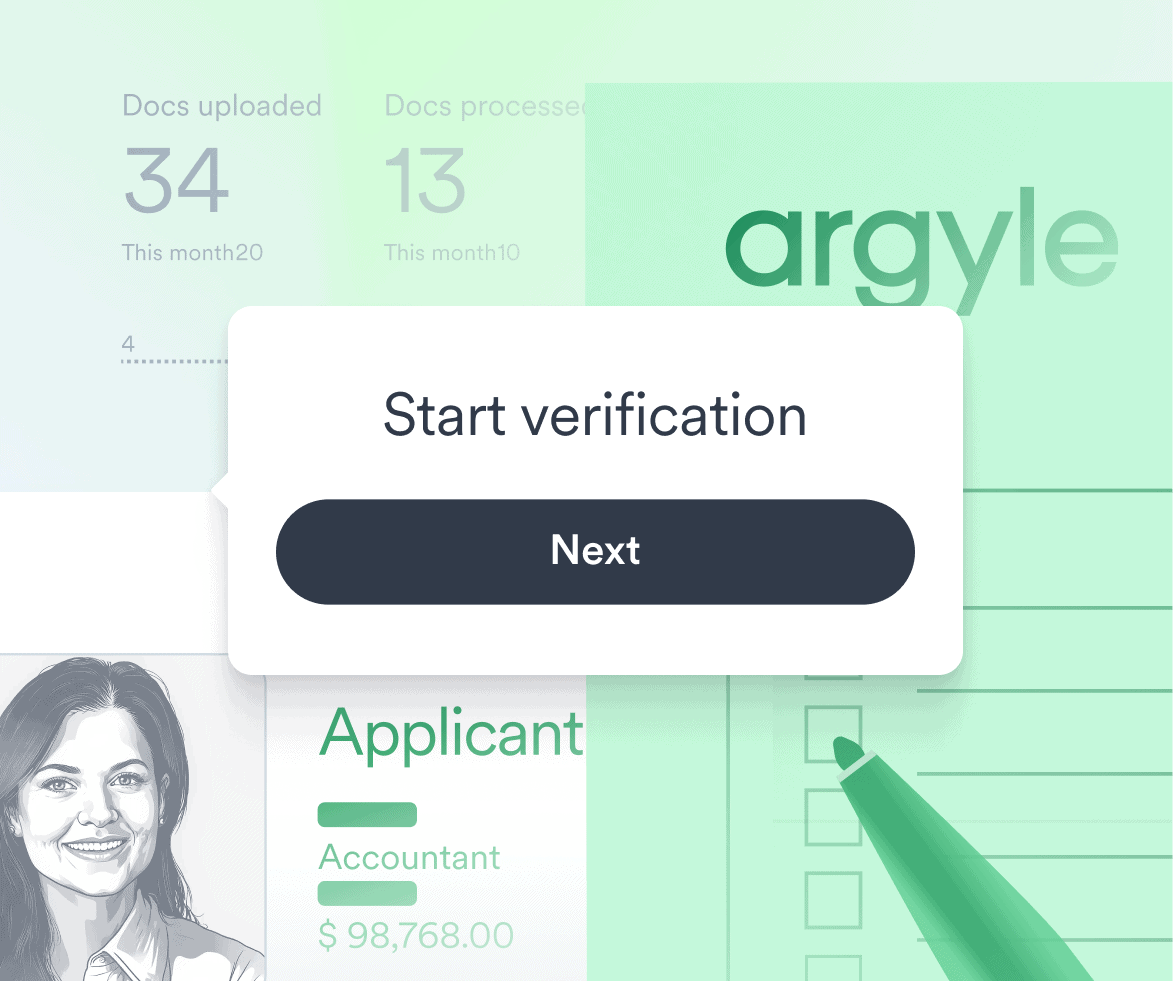Fragmented lending technology stacks may be costing you more than you think.
As mortgage lenders continue investing in digital transformation, a buried expense has been quietly siphoning profitability from every loan they close. It’s not a subscription fee or even a compliance penalty, but more of a tech stack fragmentation tax.
According to an article published by the Mortgage Bankers Association, the average lender loses $412 per loan to disconnected software. That’s money wasted by duplicated data entry efforts, manual reconciliation processes, and countless other small inefficiencies that add up when your systems don’t talk to each other.
For a lender closing 1,000 loans annually, that’s over $400,000 in revenue left on the table each year. For larger operations, the numbers become staggering.
In this post, we break down where this hidden cost comes from, why efficiency gaps in mortgage lending are getting wider, and what a smarter integration strategy looks like in practice.
Check out a simple, four-step roadmap for eliminating tech fragmentation costs. Download our “Lend With the Flow” integration whitepaper.
Where does the money go?
The tech stack fragmentation tax shows up in predictable ways and places—you just need to take a close look at your operations. One study shows that 70% of professionals spend 20 or more hours per week navigating between disconnected tech systems. That’s already half the workweek lost to tasks that should be handled automatically.

Think about your typical loan file. It may start in your post-of-sale (POS) system, move to your loan origination system (LOS), run through one or more verification platforms, flow through your underwriting tools, and eventually reach your closing and servicing systems. At each handoff, there’s the potential for data to get stuck, rekeyed, or dropped altogether.
Your loan processors know this problem inside and out. They’re constantly copying borrower information from one system to another, chasing down missing documents that were uploaded to the wrong platform, and spending hours reconciling datasets that can’t sync on their own.
In other words, instead of having the time to focus on serving borrowers and growing loan volumes, lending teams are spending their work days navigating their manual processes and disconnected tech tools.
All of these inefficiencies compound into real financial impact, turning what should be seamless workflows into profit-draining bottlenecks.
The efficiency gap is widening
While most lenders are unknowingly paying this hidden tax, some top performers have found a way out. Leading lenders that prioritize smart, seamless tech integrations are originating loans 50% more efficiently and cost-effectively than the industry average.
They’ve discovered that the next phase of digital transformation isn’t about adding more software tools to their stack; it’s about connecting the ones they already use. As a result, they’ve eliminated manual handoffs, established real-time data streams that ensure accurate, up-to-date information from application to closing, and freed up their time to focus on lending strategies instead of system management.
The results are measurable—and impressive. All in all, lenders that integrate critical loan systems see $1,700 in savings per loan, 40% fewer loan defects, and 2.4x lower costs compared to lenders that don’t.
What integration looks like in practice
Smart integration doesn’t mean you have to replace your entire tech stack and start from scratch. It means establishing functional connections between the platforms you employ day to day.
When a borrower completes an application in your POS, that data should automatically populate in your LOS. When verifications are complete, those results should flow directly into your underwriting tools. And when specific conditions are met and milestones are cleared, your closing team should see those updates in real time.
It’s about creating a responsive, adaptable lending engine that scales with your business—and making sure your team can grow loan volume without growing your resource pool, because your technology is handling all the busywork.
Why now?
The mortgage industry is at a critical turning point. Rising origination costs and shrinking margins mean lenders can no longer afford to waste resources on inefficient processes. On top of that, consumer expectations continue to rise, with 68% of borrowers abandoning loan applications due to friction they encounter during the process.

Meanwhile, fraud attempts are growing more sophisticated, and regulatory scrutiny is ramping up. Fragmented systems create vulnerabilities at every inflection point, while connected platforms reduce risk through automated validation and audit trails.
Lenders who integrate their systems now will operate leaner, move faster, and stay well ahead of market shifts. Those who delay risk falling behind competitors that have already removed the fragmentation tax from their operations.
Beyond immediate savings
Of course, the $412-per-loan cost of fragmentation is just the beginning. Connected systems unlock many other benefits that siloed stacks can’t match, including real-time analytics, deep predictive insights, and a strong foundation for AI-powered automation.
When your data moves freely and accurately between systems, you can spot patterns earlier, identify potential issues and threats before they snowball, and make confident decisions based on complete information rather than partial, potentially outdated snapshots.
Most importantly, you can create a lending experience that feels seamless to borrowers and empowering to your team. No more dealing with delays caused by system limitations or asking borrowers to re-submit documents that disappeared somewhere between platforms.

The choice is simple: let data flow freely through your systems, or continue to watch hundreds of thousands in revenue leak from your bottom line each year.
Ready to eliminate the tech tax?
Losing money to siloed systems isn’t inevitable. Top lenders are proving that, with the right integration strategy, you can build a true foundation for scalable, sustainable growth.
Our comprehensive analysis breaks down the real costs of a disconnected tech stack and provides a practical roadmap for building efficient, fully integrated lending operations.
Download a copy of our integrated lending whitepaper here. Discover the four-step integration strategy that’s helping leading lenders save over $1,700 per loan while scaling their operations and improving their borrower experience. Or get in touch with Argyle’s team to learn how Argyle’s POS and LOS integrations can take your lending processes to the next level.








